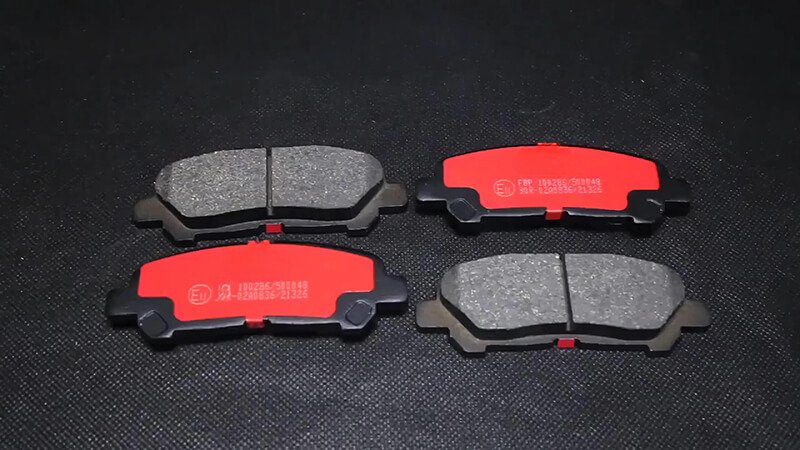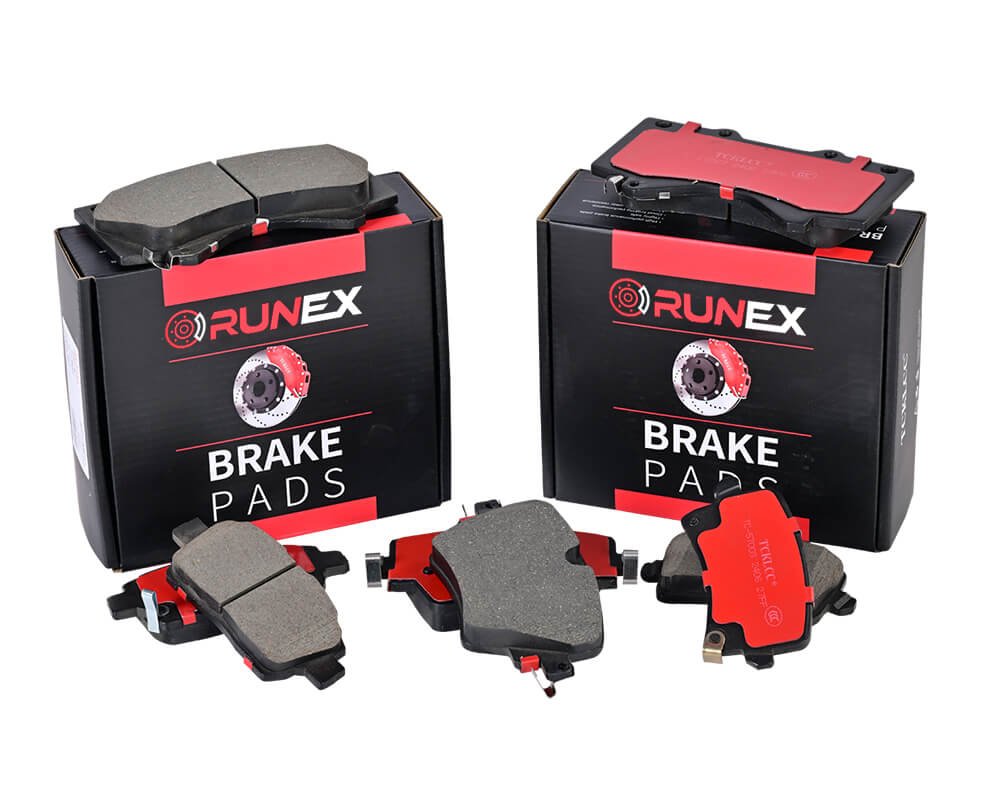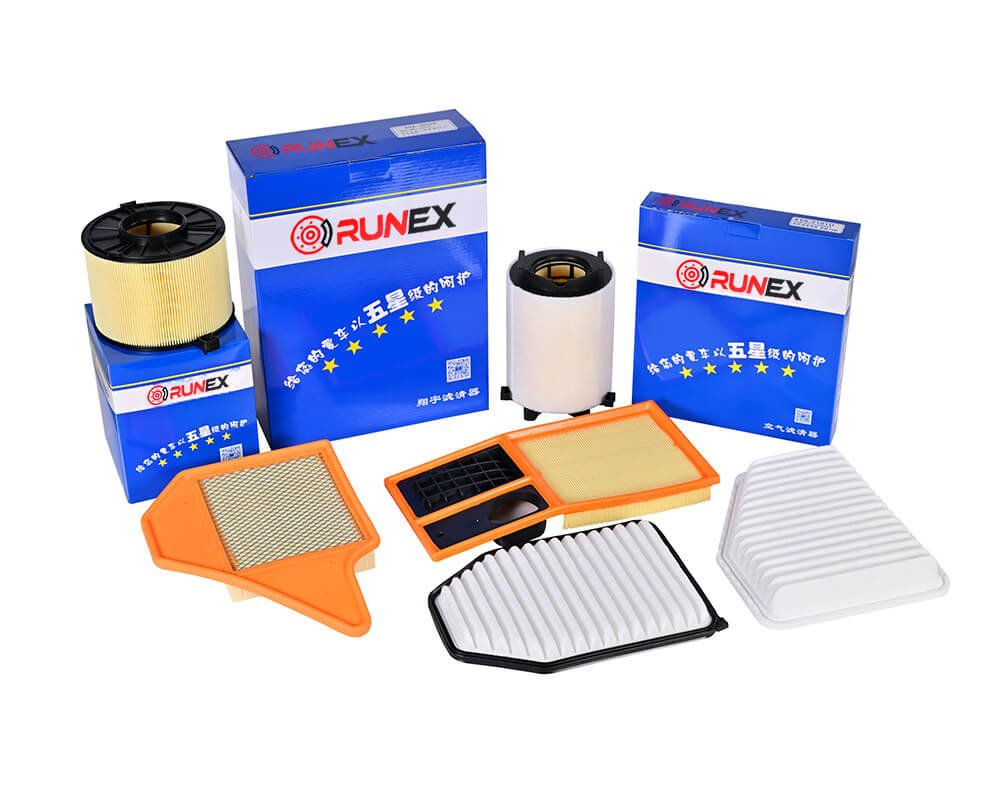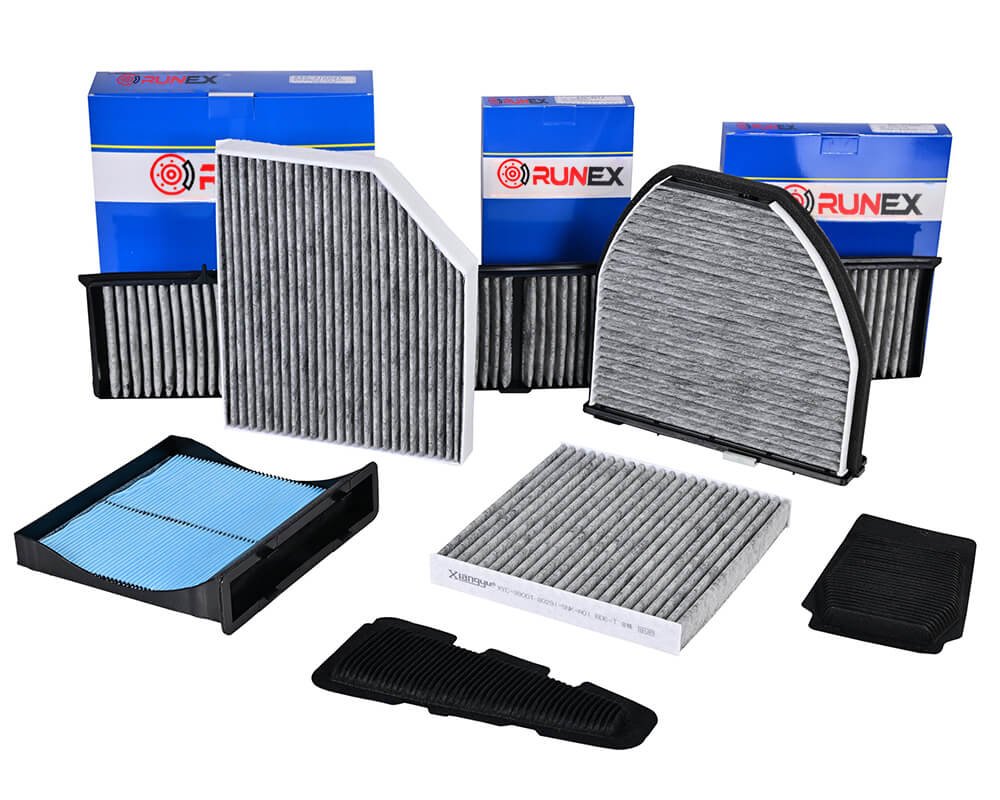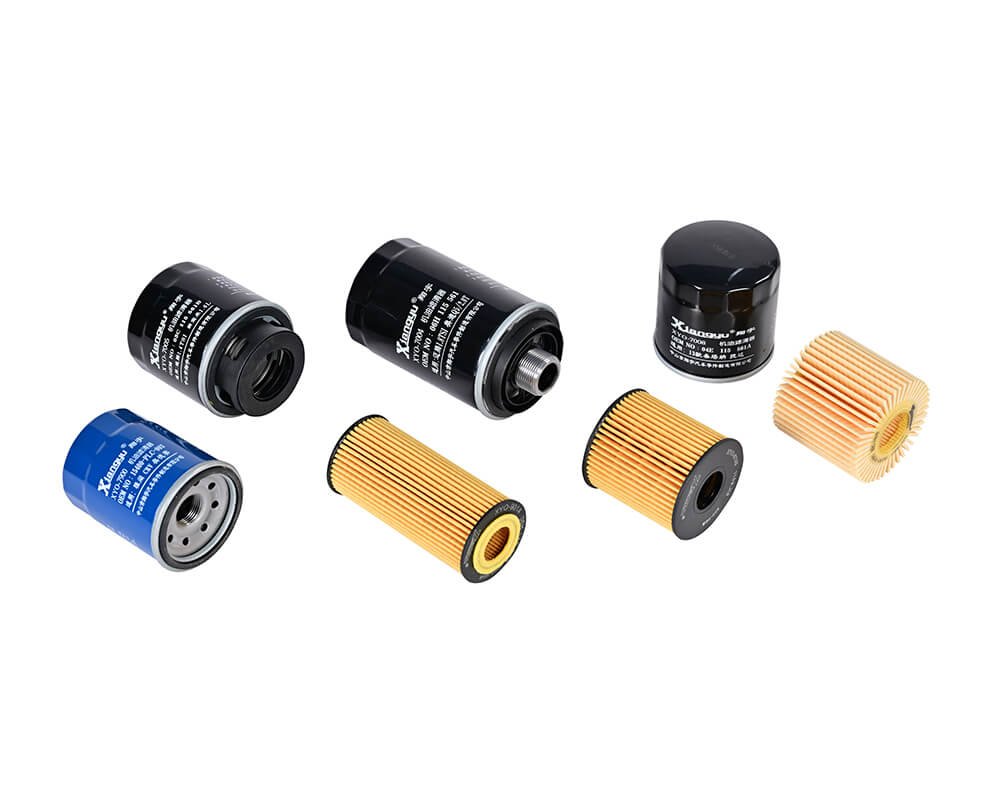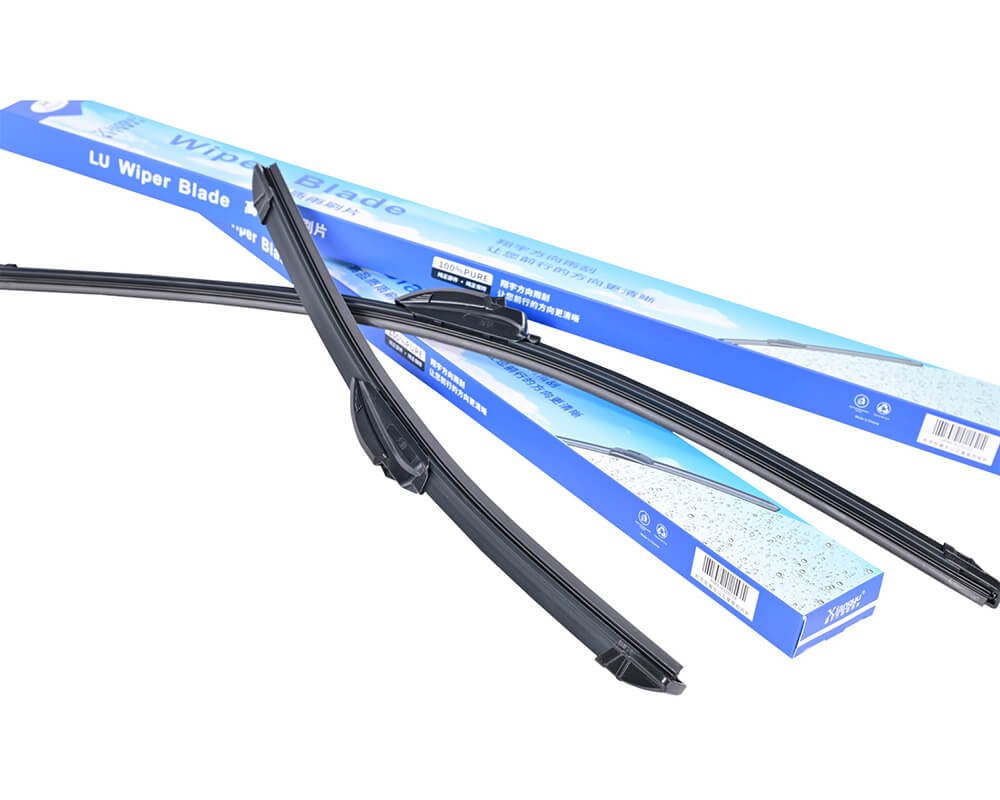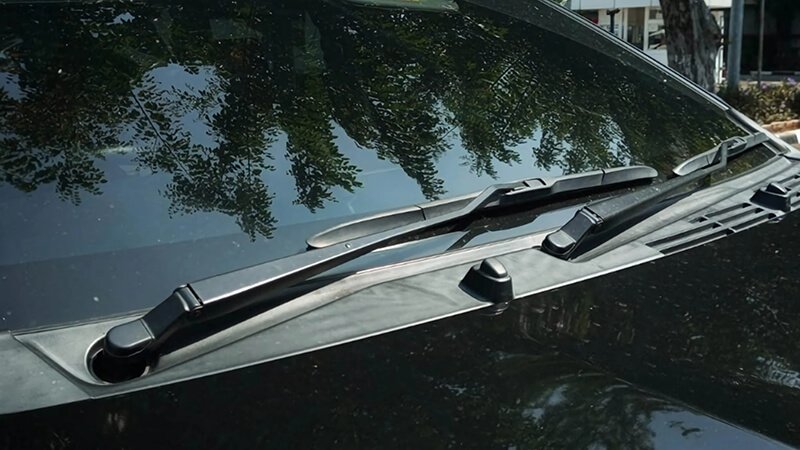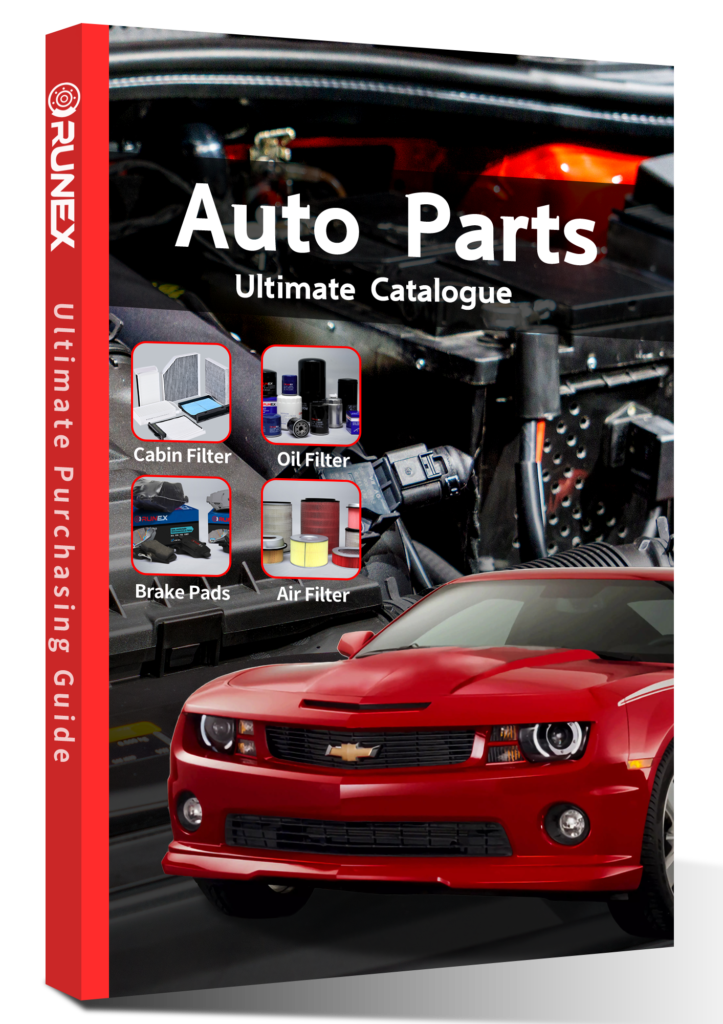I know the temptation: slap on new pads, ignore the rusty rotors, and hope for the best. I’ve watched that shortcut turn routine services into repeat repairs.
Yes. New brake pads on rusty rotors almost always lead to uneven wear, noise, and longer stopping distances, forcing a second replacement far sooner than planned.
I built Runex Auto on the idea that prevention beats repair. If you care about safety, time, and money, inspecting the rotor is step one, not an afterthought.

Will rusty rotors ruin brake pads?
Rust looks harmless at first. Friends in the trade often tell me, “The pads will clean it off.” They forget that rust is harder than the pad compound.
Rusty rotors grind the new pad surface, create hot spots, and leave high-low wear patterns. The pad face becomes scalloped, reducing friction and shortening pad life by as much as 40 %1.
Why rust matters in real driving
I learned the hard way while consulting for a fleet in Manchester. They fitted fresh pads to vans that had sat over winter. Within a month the drivers complained of growling noises. Micrometer readings showed pad thickness varied by almost 1 mm across the face—enough to trigger early change-out alarms.
How rotor rust attacks pads
| Rust feature | Pad effect | Driver symptom | Recommended fix |
|---|---|---|---|
| Surface film | Light abrasion | Light squeak at start | Clean + light bedding |
| Flaky scaling | Chunk gouging | Pulsation, growl | Replace rotor |
| Deep pitting | Pin-point glazing | Long stop distance | Replace both parts |
| Rust under vents | Heat imbalance | Fade on hills | Replace vented rotor |
Rust, heat, and pad chemistry
Heat cycling secrets
Cast-iron oxide is abrasive. As the pad sweeps over peaks and valleys, energy focuses on tiny contact points, pushing local temperatures past 600 °C. Even ceramic pads start to vitrify, forming a glossy film that slips instead of grips. That’s why drivers feel a “hard pedal, soft stop.” The pedal feels firm—hydraulics are fine—but the car keeps rolling.
Economic fallout
My average distributor pays £28 for a mid-tier pad set. Replacing pads and rotors together costs about £95 in parts and 40 minutes of labor. Doing pads twice, plus downtime, easily doubles that. Procurement managers like Joe Rich lose margin and trust.

Is it bad to put new brake pads on old rotors?
Rotors age just like shoes: tread thins, surfaces warp. Pairing a pristine pad with a tired rotor is like running in new trainers on gravel—you’ll still feel every sharp stone.
Old rotors with grooves, steps, or glazing prevent the pad from forming a uniform transfer layer. This accelerates wear, raises noise, and can warp the rotor under new heat loads.
Beyond rust—why “old” is risky
I once audited a workshop in Turin. Their comeback rate for brake jobs2 was 14 %. The pattern? Pads changed, rotors skimmed but below minimum thickness. Thin rotors heat up 30 % faster. Thermal distortion bent them into slight cones, which shook the steering wheel and chewed the outer pad edge.
Rotor health checklist
| Rotor measure | Safe range (mm) | Danger sign | Decision |
|---|---|---|---|
| Thickness | ≥ minimum spec | Below spec | Replace |
| Run-out | < 0.05 | Vibration during test drive | Replace/turn |
| Groove depth | < 0.1 | Fingernail catches | Replace |
| Blue spots | none | Heat temper marks | Replace |
The physics you feel
Contact area
A grooved rotor touches maybe 60 % of the pad on the first stop. The untouched islands collapse later, causing “washboard” wear.
Heat sink loss
Every 1 mm of missing rotor reduces mass ~7 %. Less mass means less heat capacity. Pads glaze, resin cooks, fade follows.
Pad compounding
Modern NAO pads need an even rotor to deposit the friction film. With old rotors, the pad deposits unevenly. The resulting high-friction peaks grab and release—hello, squeal.
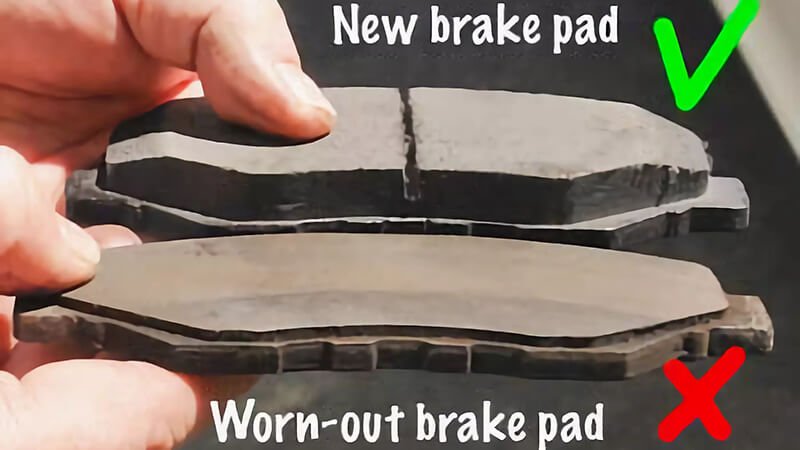
Is it normal for brake rotors to rust?
If you leave cast iron in moist air, it rusts overnight. That’s physics, not failure.
Light surface rust is normal and burns off after a few stops. Deep rust, scaling, or pitting is abnormal and signals the rotor’s protective layer has broken down.
Environment and rotor life
I ship parts to over 40 countries. Rotors in the UK’s coastal towns rust twice as fast as those in dry inland Spain. Salt spray attacks the vent channels first, where owners seldom look.
Climate impact table3
| Climate zone | Time to surface rust | Time to pitting | Suggested solution |
|---|---|---|---|
| Humid coastal | < 24 h | 3–6 months | Coated rotor, silica gel |
| Temperate | 1–3 days | 6–12 months | Regular drives, bedding |
| Arid | 1 week | 18 months+ | Basic plain rotor works |
| Snow belt | < 12 h (salt) | 1 winter | Zinc-flake or Geomet finish |
Rust types decoded
Flash rust
Thin orange dust after wash. Pads scrub it off. No action.
Layered rust
Brown, flaky edges. Reduces heat flow. Replace soon.
Structural rust
Crater-like pits. Lowers rotor strength. Replace now.
Hidden rust
Forms under pad contact area during long storage. Causes “stuck pad” feel. Replace pads and rotors together.

Do you need to bed new brake pads on old rotors?
Bedding is like breaking in a pair of boots. It shapes both surfaces until they move as one.
Yes. Bedding new pads—especially on used rotors—spreads an even transfer layer, raises initial friction, and stops noise before it starts. Skip it and you risk glazing in the first 20 km.
My proven bedding protocol
Back when I raced club rallies, I ruined a set of carbon-kevlar pads by skipping bedding4 before a night stage. Brake fade at 140 km/h taught me to respect heat cycles. Today every Runex Auto box carries these instructions.
| Phase | Speed (mph) | Stops | Purpose |
|---|---|---|---|
| Warm-up | 30 → 10 | 5 | Gentle heat, remove machining oils |
| Heat build | 45 → 10 | 5 | Embed pad material into rotor |
| Thermal soak | 55 → 15 | 3 | Equalize temperature through rotor |
| Cool-down (no stop) | — | 10 min | Avoid pad imprint during cooling |
| Break-in distance | — | 200 km | Finish micro-seating under light load |
Science behind the routine
Transfer layer
Pads transfer a thin film of their own resin onto the rotor. This film stabilizes friction coefficient (µ) and shields the iron from rust.
Gas release
Resins out-gas at 150–300 °C. Bedding lets them escape evenly, so later hard stops don’t build vapor between pad and rotor.
Surface conformity
Old rotors often have slight run-out. Bedding lets the pad face mirror those deviations, keeping contact consistent.
Skipping bedding risks “green fade5.” That is the sudden drop in µ when virgin pad resins bake off unevenly. Drivers feel it as a long pedal and need to push harder—dangerous on the first emergency stop.
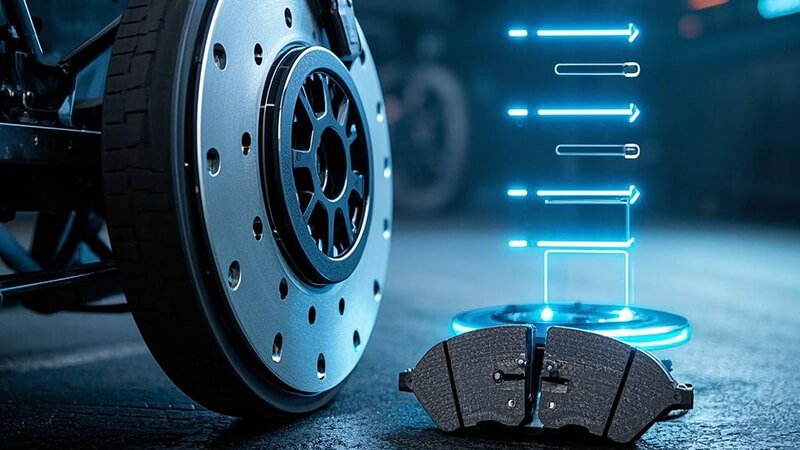
Conclusion
Cutting corners on brake jobs6 always costs more later. Rusty rotors grind down new pads. Worn rotors rob pads of grip. All rotors rust, but deep rust signals danger. Bedding is the cheapest insurance you can buy for any new pad. When clients follow these basics—inspect, replace when needed, and bed properly—they see fewer comebacks, longer service intervals, and safer roads.
-
Discover the impact of rust on brake pad longevity and performance to make informed maintenance decisions. This resource provides valuable information. ↩
-
Understanding common brake job issues can help you avoid costly mistakes and ensure safety on the road. ↩
-
Climate significantly influences rotor longevity. Discover effective solutions tailored to different climates by checking this resource. ↩
-
Understanding the bedding process is crucial for optimal brake performance and safety. Explore this resource to enhance your knowledge. ↩
-
Discover the causes of green fade to prevent dangerous braking situations and improve your driving safety. ↩
-
Find the best price brake pads from Runex, clicking this link to get your best solutions for your business. ↩

